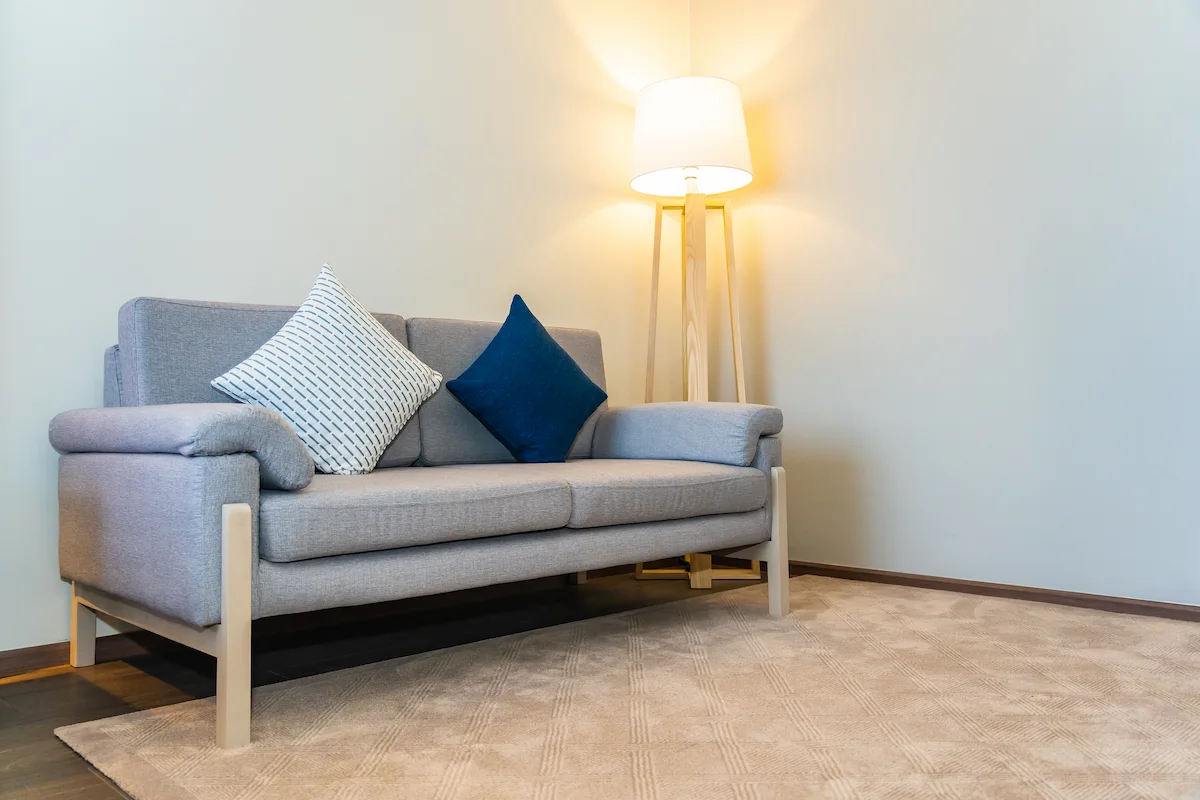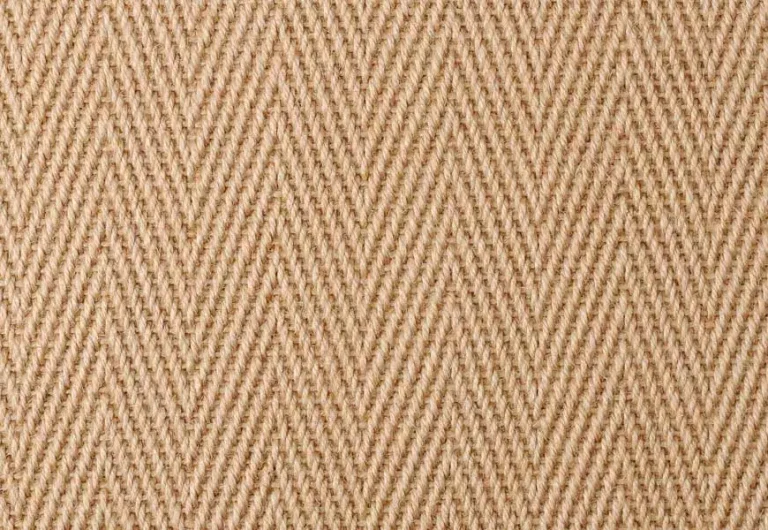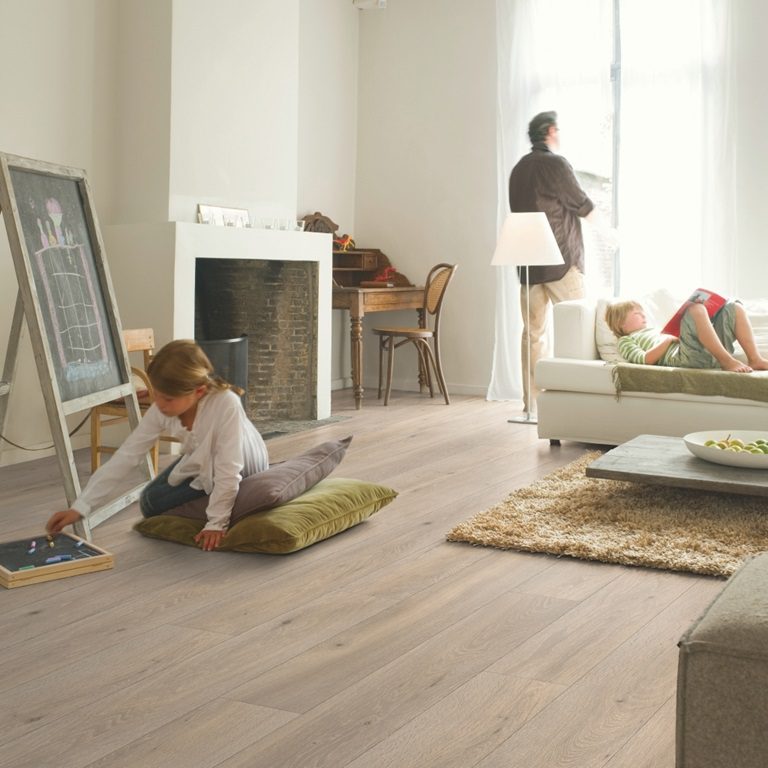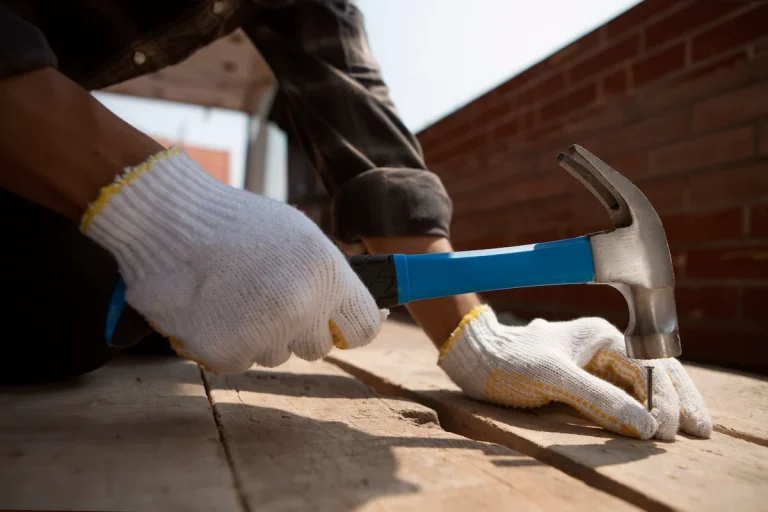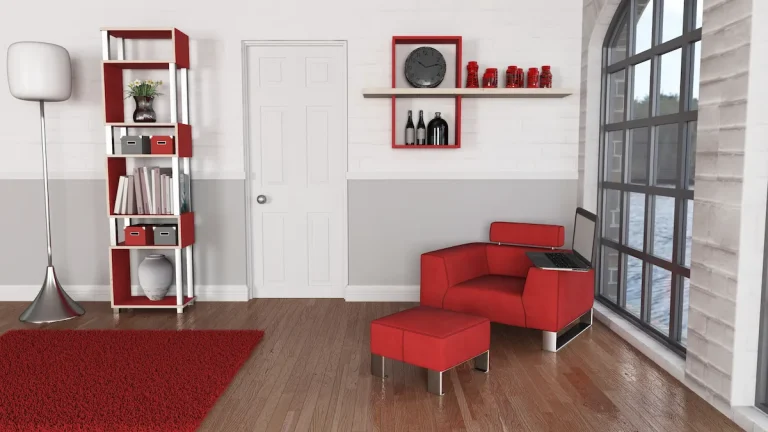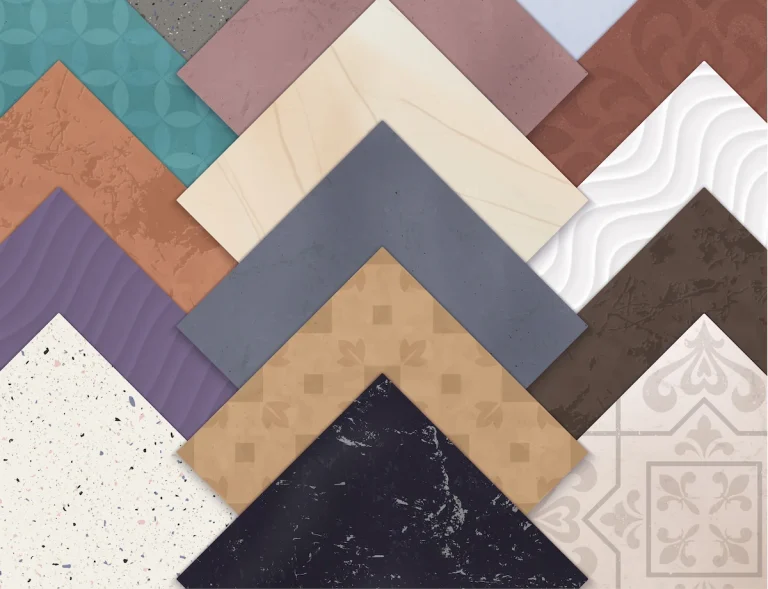In the process of selecting the ideal carpet for your space, it is essential to comprehend the differences between inexpensive and high-end options. Cheap vs. expensive carpet choices often come down to material, construction, and durability. This article will guide you through the details to help you make the best decision.
Carpet Quality Guide
Before diving into the specifics, it’s important to understand how carpet quality is defined and assessed. This section outlines the factors that contribute to overall quality, helping you navigate the many available choices.
1. What Is Considered High End Carpet?
High-end carpets are typically defined by their luxurious feel, superior materials, and expert construction. These carpets are often made from wool, silk blends, or high-quality nylon and undergo advanced manufacturing processes. They also tend to offer better resilience, longer lifespan, and enhanced aesthetics.
2. How Can You Tell if Carpet Is High Quality?
Identifying high-quality carpet involves examining several features:
- Material: Wool and premium nylon are top indicators.
- Density: Denser carpets resist crushing and wear.
- Backing: A strong, well-secured backing ensures longevity.
- Feel: A softer, cushioned underfoot feel often signifies better fibres.
3. Construction Methods Matter
Woven carpets are typically more durable and intricate than tufted options. Woven types interlace the yarns, while tufted ones are punched into backing, making them quicker to produce but often less robust. High-end carpets usually favour woven techniques for superior quality.
4. Carpet Brand Reputation and Assurance
Renowned brands like Mohawk and Shaw invest heavily in material quality, environmental sustainability, and testing procedures. Reviewing customer feedback and checking for warranties also helps determine if a brand consistently delivers on quality.
5. Material Selection and Longevity
Material plays a central role in the lifespan and comfort of a carpet:
- Polyester: More affordable but prone to matting over time.
- Wool: Offers luxury, durability, and thermal insulation.
- Nylon: Known for stain resistance and wear resilience.
- Blended fibres: Aim to balance cost, comfort, and durability.
Cheap vs. Expensive Carpet: A Direct Comparison
This section provides a side-by-side look at the advantages and disadvantages of both options, offering clarity for homeowners evaluating their flooring choices.
1. Durability
High-end carpets last longer due to quality materials and better construction. Cheaper alternatives tend to wear more quickly, especially in high-traffic areas. Investing more upfront often reduces the frequency of replacement.
2. Comfort
Premium carpets typically offer a plusher and more luxurious underfoot feel. Cheaper options may feel coarse or thin, and provide less padding and support over time.
3. Appearance
More expensive carpets usually come with a wider selection of colours, patterns, and textures. They’re often crafted to retain their appearance longer and complement a broader range of interior styles.
4. Maintenance
High-quality carpets are easier to maintain, with built-in stain resistance and less fibre breakdown. Lower-cost carpets tend to require more frequent deep cleans and are more susceptible to staining and matting.
5. Value Over Time
While budget carpets save money initially, high-end options offer greater longevity, comfort, and visual appeal—making them a better value for money over time.
Factors to Consider When Choosing Between Cheap and Expensive Carpet
Making the right choice involves assessing more than just the price. This section discusses key considerations to guide your decision.
1. Budget
Determine how much you’re willing to spend, but also consider the lifespan of the product. Investing in higher quality may reduce long-term replacement and maintenance costs.
2. Room Usage
High-traffic zones like hallways and lounges benefit from durable, tightly woven carpets. Bedrooms or guest rooms may accommodate softer, less robust options.
3. Personal Preferences
Your style, desired comfort level, and maintenance tolerance all play roles in choosing the ideal carpet. Some may prioritise softness, while others look for bold patterns or minimal upkeep.
4. Long-Term Goals
If you’re planning to remain in your home long-term, investing in higher-end carpet makes sense for comfort and durability. For short-term rentals or flips, a cost-effective option may be sufficient.
4. Environmental and Health Factors
High-end carpets often include eco-friendly materials and low-VOC adhesives, contributing to a healthier home. Budget versions might contain more synthetics and chemicals, potentially affecting air quality.
Conclusion: Making the Smart Choice for Your Home
Understanding the differences in cheap vs. expensive carpet is essential for any homeowner aiming to balance cost, comfort, and quality. From learning what is considered high end carpet to following a reliable carpet quality guide, you now have the tools to make an informed decision. So, how can you tell if carpet is high quality? Look for material, construction, and brand reputation.
Ready to invest in high-quality carpets for your home? Visit TEKA Flooring to explore a curated range of premium carpet options, complete with expert advice and fitting services. Let us help you transform your home with flooring that truly lasts.
Read also:


























